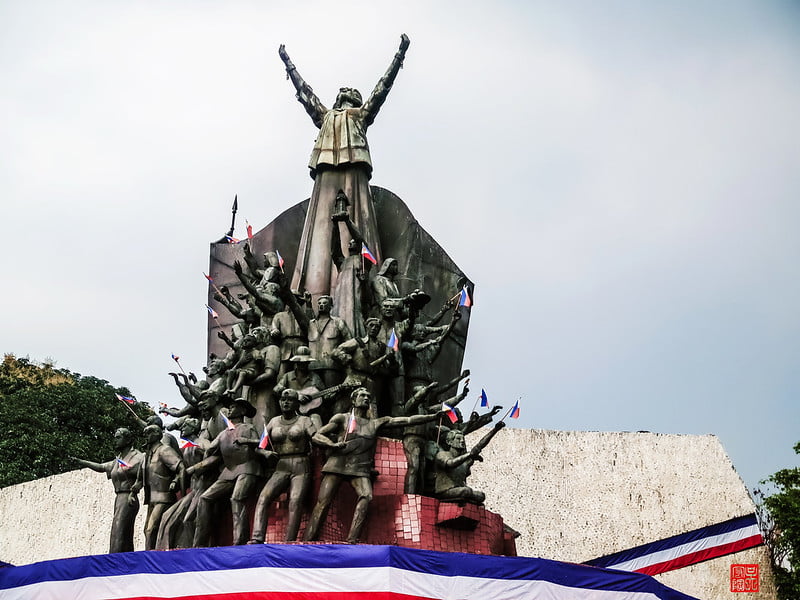Art in the Renaissance Period
Renaissance artists borrowed style and themes from the Classical art of the Greeks and Romans. They used Greek and Roman stories and myths as inspiration for their art. With the height of the Catholic Church’s Influence artists also made depictions of events in the Bible and Church history.
Politicians’ portraits, their patrons’ prestige, and ordinary life of the people are often the subject of their arts. They are more interested in the individuality and uniqueness of each person within the community.
While artists of the Medieval period were more focused on depicting religious images and scenes, they are willing to serve the Church to show their devotion to their religion. Their paintings depict the common people as almost identical and devoid of individuality, usually in a simple stance while Christ, saints, popes, and other religious figures take the center of the painting and is given more emphasis by the medieval artist.

Perspective and Balance in Art during the Renaissance
The artisan of the Renaissance period wanted to be close to reality and they evoked the beauty of nature and man in their artwork.
Examples of pictures showing a depiction of the story ” Saint George and the Dragon “:
Medieval Period



Medieval painters often painted people larger than buildings. Important people are often painted as central figures and larger than ordinary people to show their importance.
Renaissance period
On the other hand, Renaissance painters preferred to draw people, buildings, mountains, and nature in its proper size based on proper proportions and perspective.



To achieve the realism these artists desired, they studied the proper use of perspective. Perspective is a drawing element that shows the illusion of distance and depth of models in an image. A Florentine painter named Giotto was one of the first to use a realistic style of painting in the 1300s, but his style only became popular when the Renaissance arrived.








